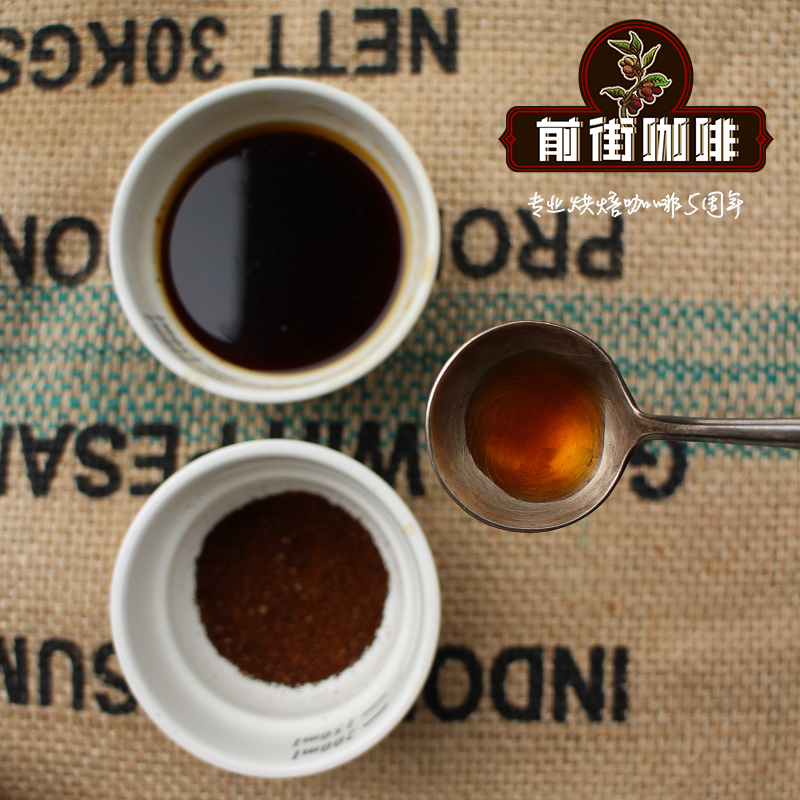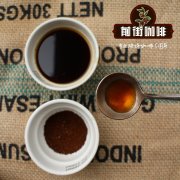How coffee beans are graded the grading system of coffee beans

Professional coffee knowledge exchange more coffee bean information please follow the coffee workshop (Wechat official account cafe_style)
What is the grading of coffee beans?
Usually when we look at individual coffee, we often see one or two acronyms in the long name, such as PB, AA, G1, etc., which actually represent the grade given to coffee beans by the producing country.
There is no universal coffee bean grading system on this earth.
The purpose of classification is to provide a rough benchmark at the time of transaction. It must be noted that there is no universal coffee bean grading system (draw the bottom line) on this earth. In fact, the name and basis of the classification is decided by each producing country. There are a few points that we must pay special attention to when discussing the classification system:
The standard of grading varies from country to country.
In some countries, the name of the grading system is the same, but the actual definition is not quite the same.
It is difficult to make cross-border comparisons because the systems are different and the characteristics of each country are different.
Grading is only a reference and is not the only or most critical factor affecting flavor.
What is the basis for grading?
The common criteria for grading coffee beans include the size of the bean itself, the shape, color or hardness of the bean, the ratio of defects, altitude, area of production, variety, treatment, feeling and quality of drinking, and so on.
The criterion adopted in most producing areas is the size of the bean itself. Yes, it is based on the size of the particles as the basis for grading. If you grow bigger, you will win. The idea behind is that the higher the altitude, the better the coffee will grow. If the temperature is lower, the fruit will take more time to mature, and the bigger the beans will be, the harder the texture will be and the better the flavor will be. If you eat more, of course you will be fatter.
The particle size of beans may indeed have something to do with its flavor performance. But as written in the biology textbook of junior high school, there is no absolute thing in nature. The grading system is just one of the many links in coffee. Therefore, please do not be bound by these grading systems, but forget that the most important thing is to drink good coffee.
Distinguishing between different bean sizes in advance actually has a great advantage (important). That's convenient for baking beans. If the size difference is too big, it is easy to be heated unevenly when baking, so that there is no way to present the good cup to you and me.
Filtered specifications
The screening work (Screening) is usually carried out with metal screens with different hole sizes. The basic unit is 1gamut 64 inches, which is called "mesh". The screen used to screen coffee beans is in the range of 8muri 20 meshes, that is, 8Compact 64MB 20mm. The smaller the number is, the larger the hole is. Usually less than 14 goals, there is no chance of becoming a boutique. In the process of screening, of course, there will be fish out of the net, and the allowable value of error depends on the standard adopted.
The following is to explain several important country-to-country classification systems. Because it is too complicated, please make sure that when you see the name of the grade, you should also pay attention to where the country of production is, so as to avoid Zhang Guan Li Delo.
Important Notice :
前街咖啡 FrontStreet Coffee has moved to new addredd:
FrontStreet Coffee Address: 315,Donghua East Road,GuangZhou
Tel:020 38364473
- Prev

How about SHB coffee beans? coffee bean grade classification coffee bean grade shb
More information on coffee beans Please follow Coffee Workshop (Wechat official account cafe_style) Coffee, which is the most important export of Guatemala because of its high quality, rich natural acid and balanced mellowness, it is even rated as the best coffee in Central America by coffee lovers, which makes other coffee producing areas in Central America pale in comparison. Guatemalan coffee has always been the beginning of coffee.
- Next

What are the characteristics of beans like coffee in Guatemala? how big are beans like coffee?
Professional coffee knowledge exchange more coffee bean information Please pay attention to the coffee workshop (Wechat official account cafe_style) Giant Elephant beans (Maragogype) is a variety of Tibica (Arabica native beans); its trees, leaves and fruits are much larger than those of ordinary Arabica. First, let's take a look at the usual measurement methods in the coffee industry. The industry describes the size of raw coffee beans as 1 gram 64.
Related
- Beginners will see the "Coffee pull flower" guide!
- What is the difference between ice blog purified milk and ordinary milk coffee?
- Why is the Philippines the largest producer of crops in Liberia?
- For coffee extraction, should the fine powder be retained?
- How does extracted espresso fill pressed powder? How much strength does it take to press the powder?
- How to make jasmine cold extract coffee? Is the jasmine + latte good?
- Will this little toy really make the coffee taste better? How does Lily Drip affect coffee extraction?
- Will the action of slapping the filter cup also affect coffee extraction?
- What's the difference between powder-to-water ratio and powder-to-liquid ratio?
- What is the Ethiopian local species? What does it have to do with Heirloom native species?

